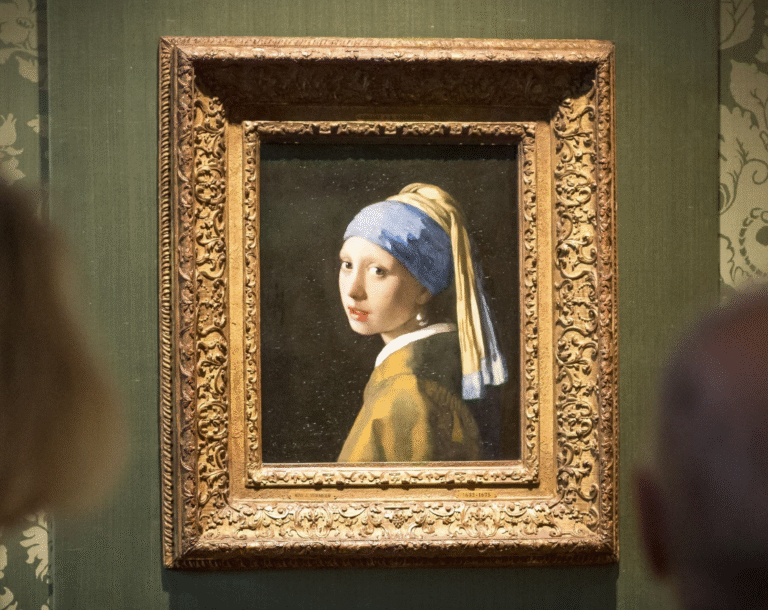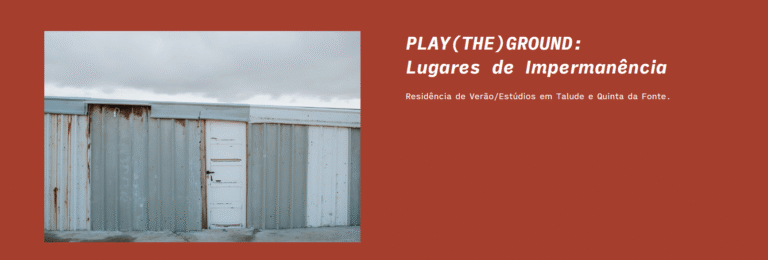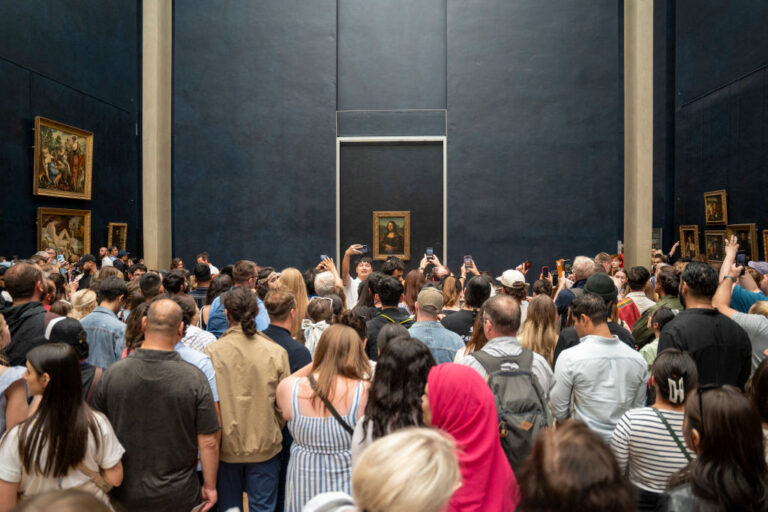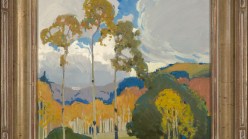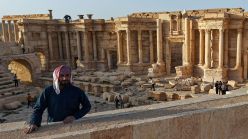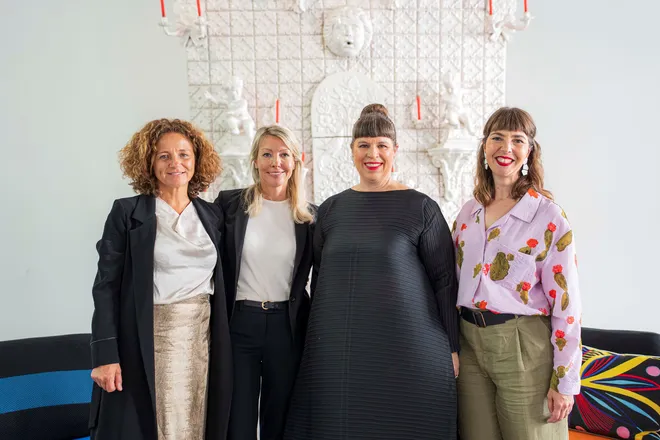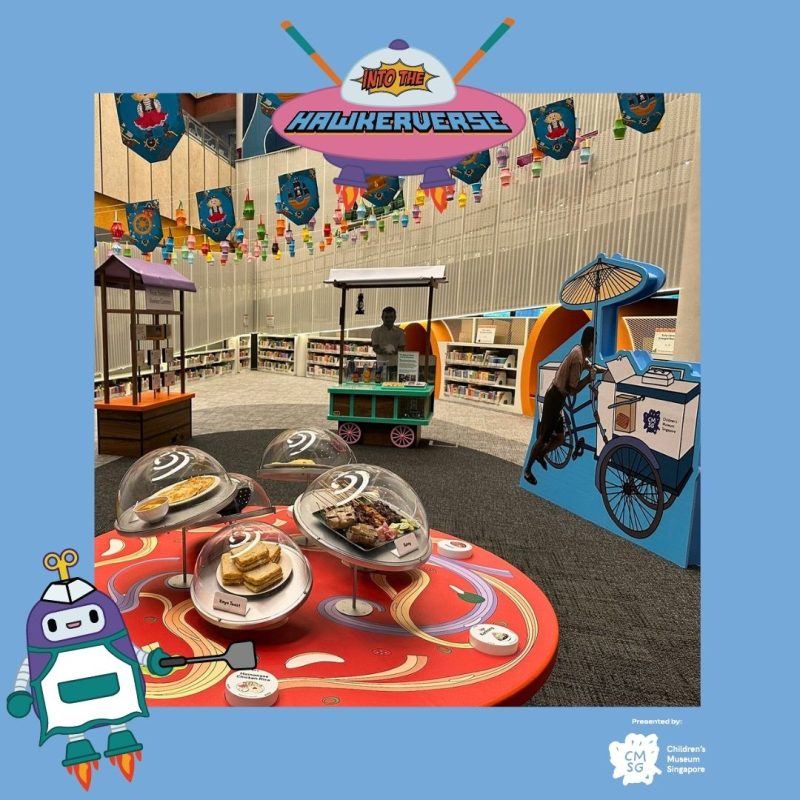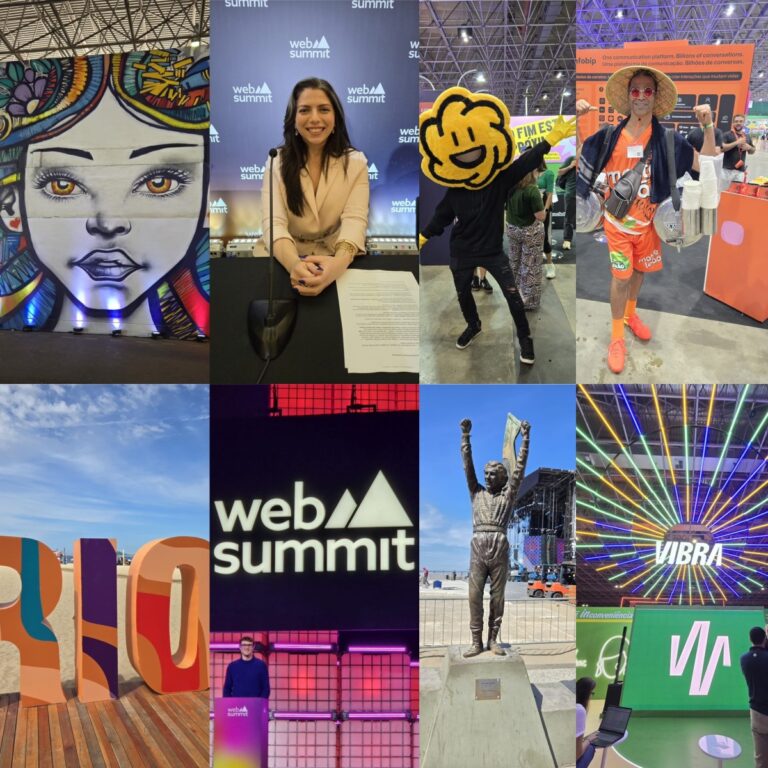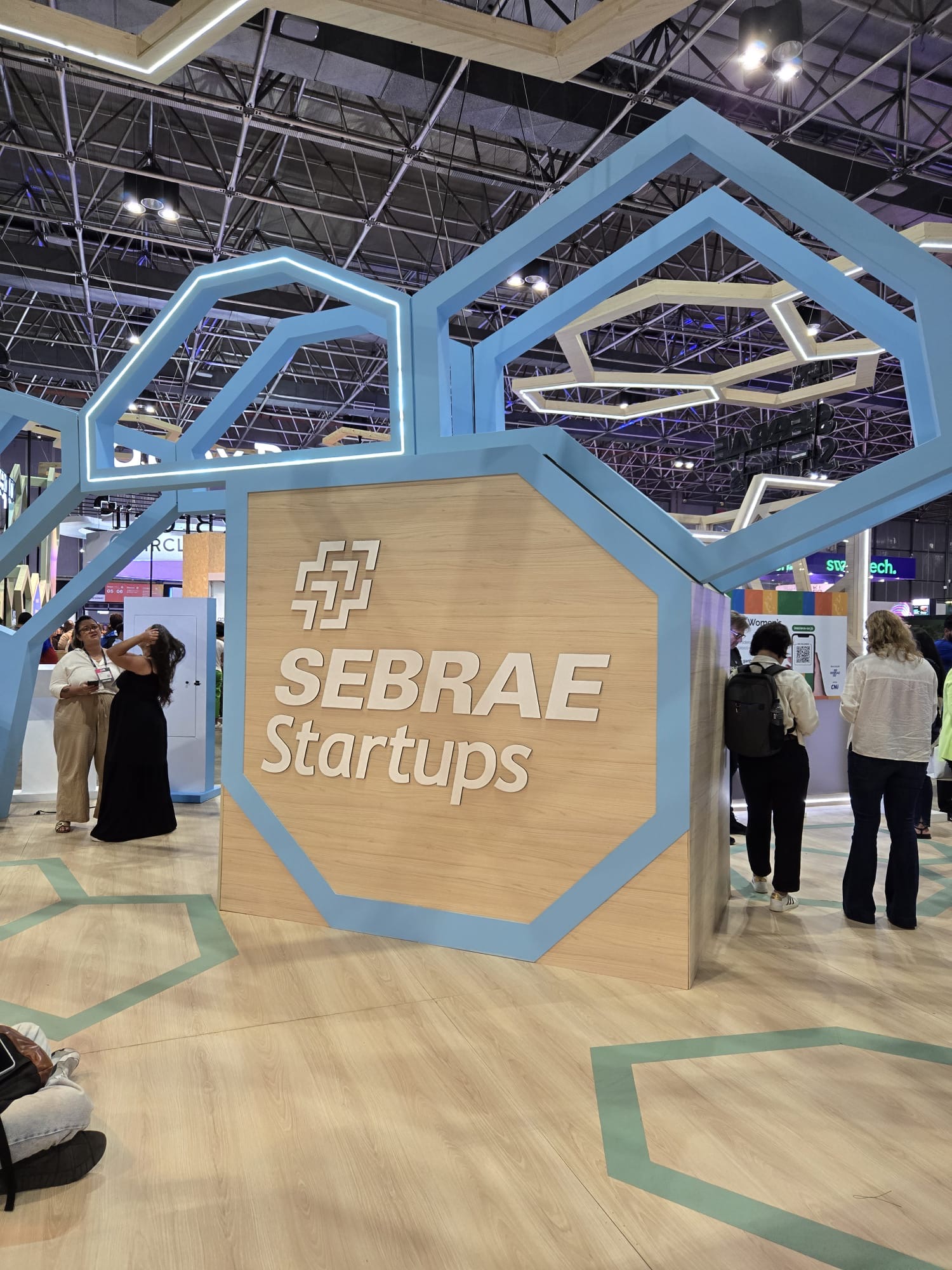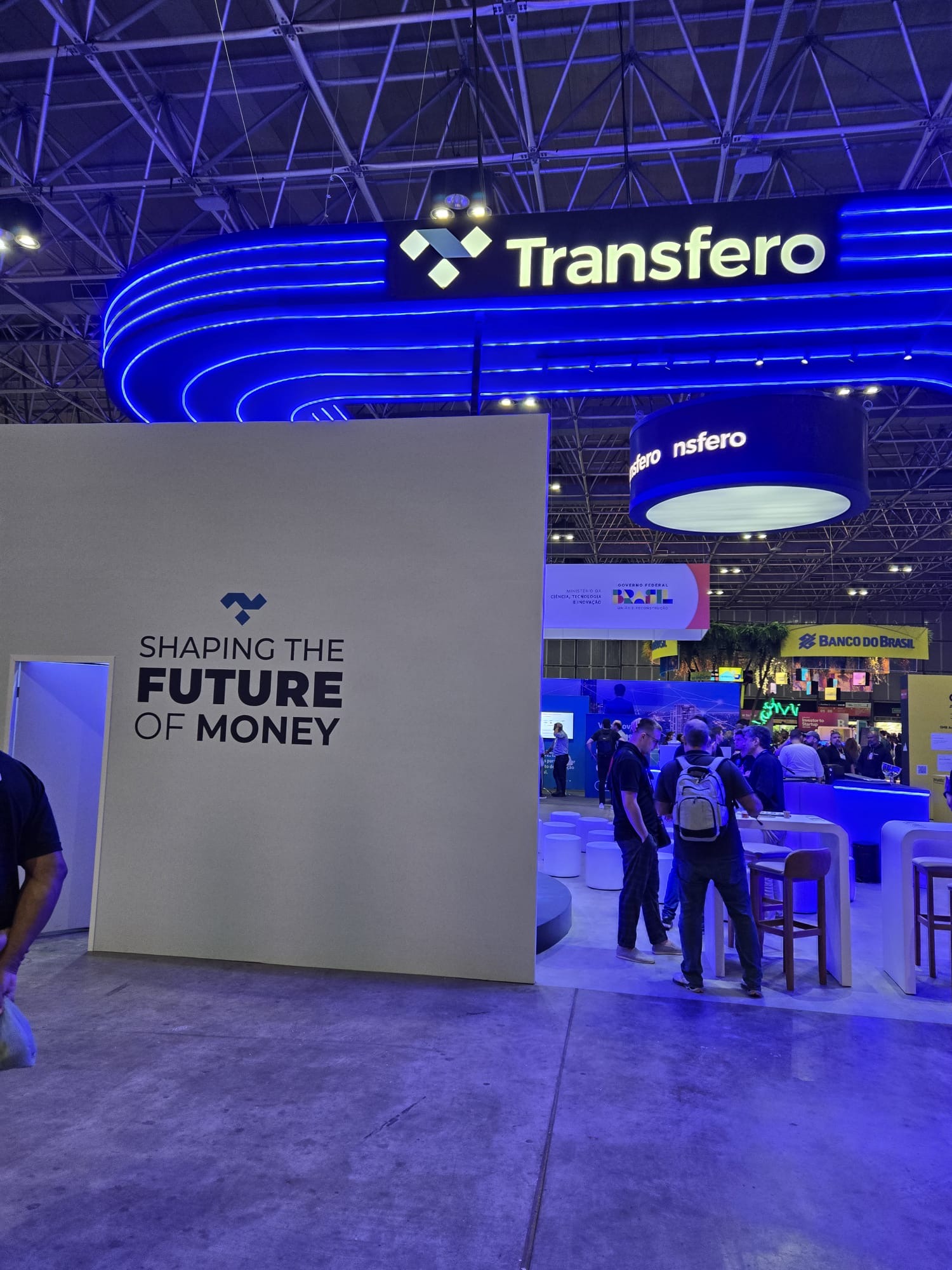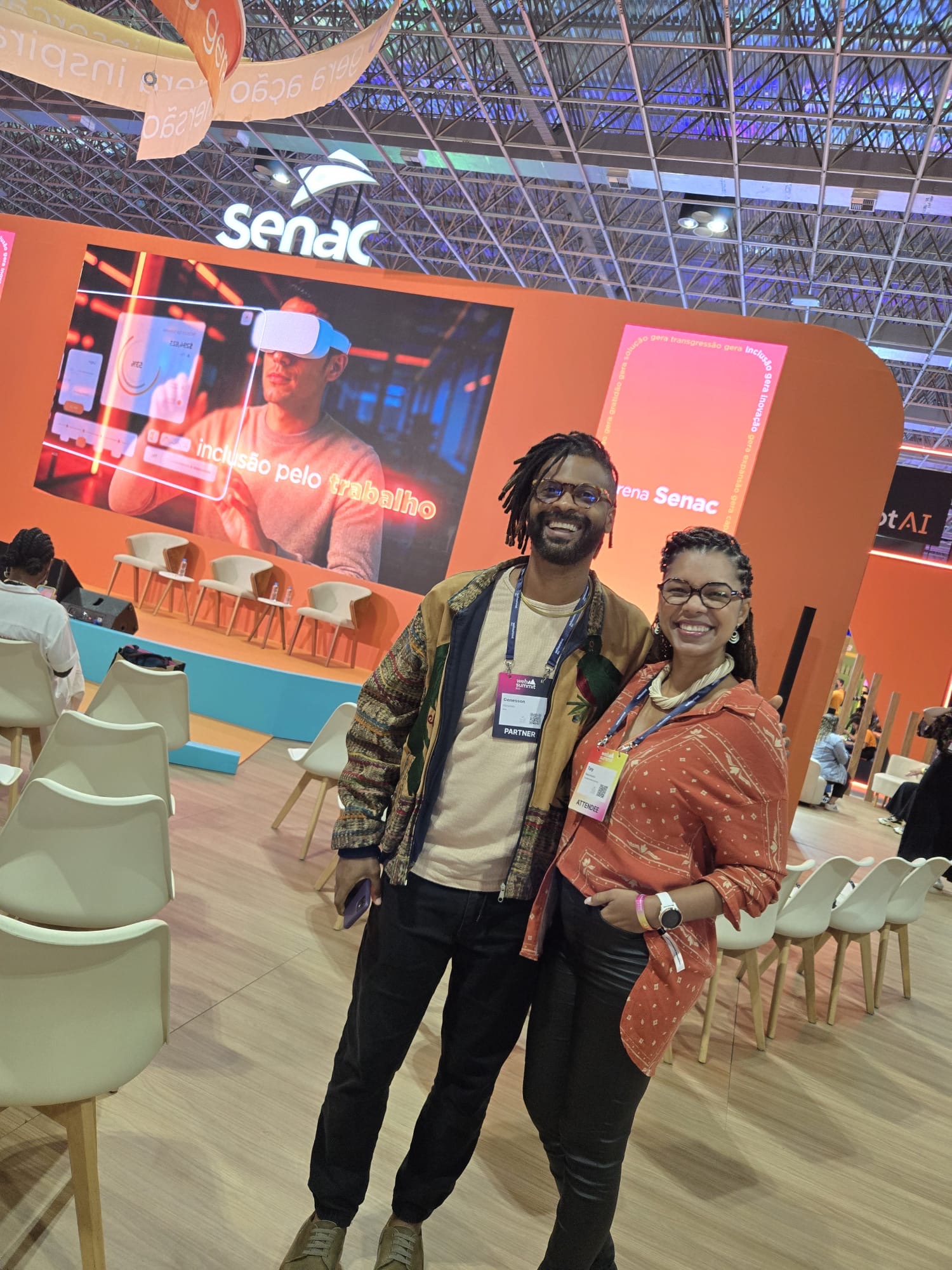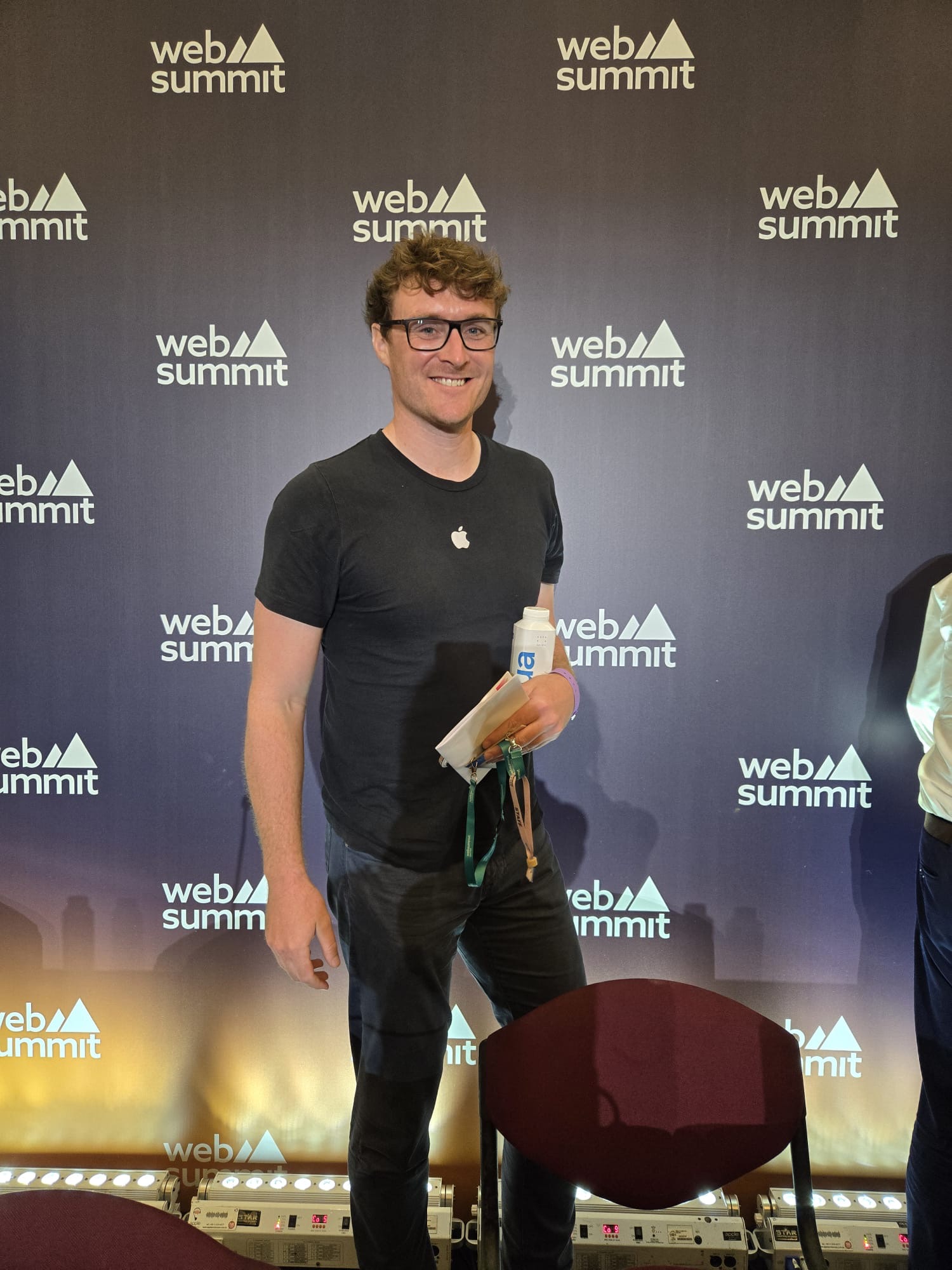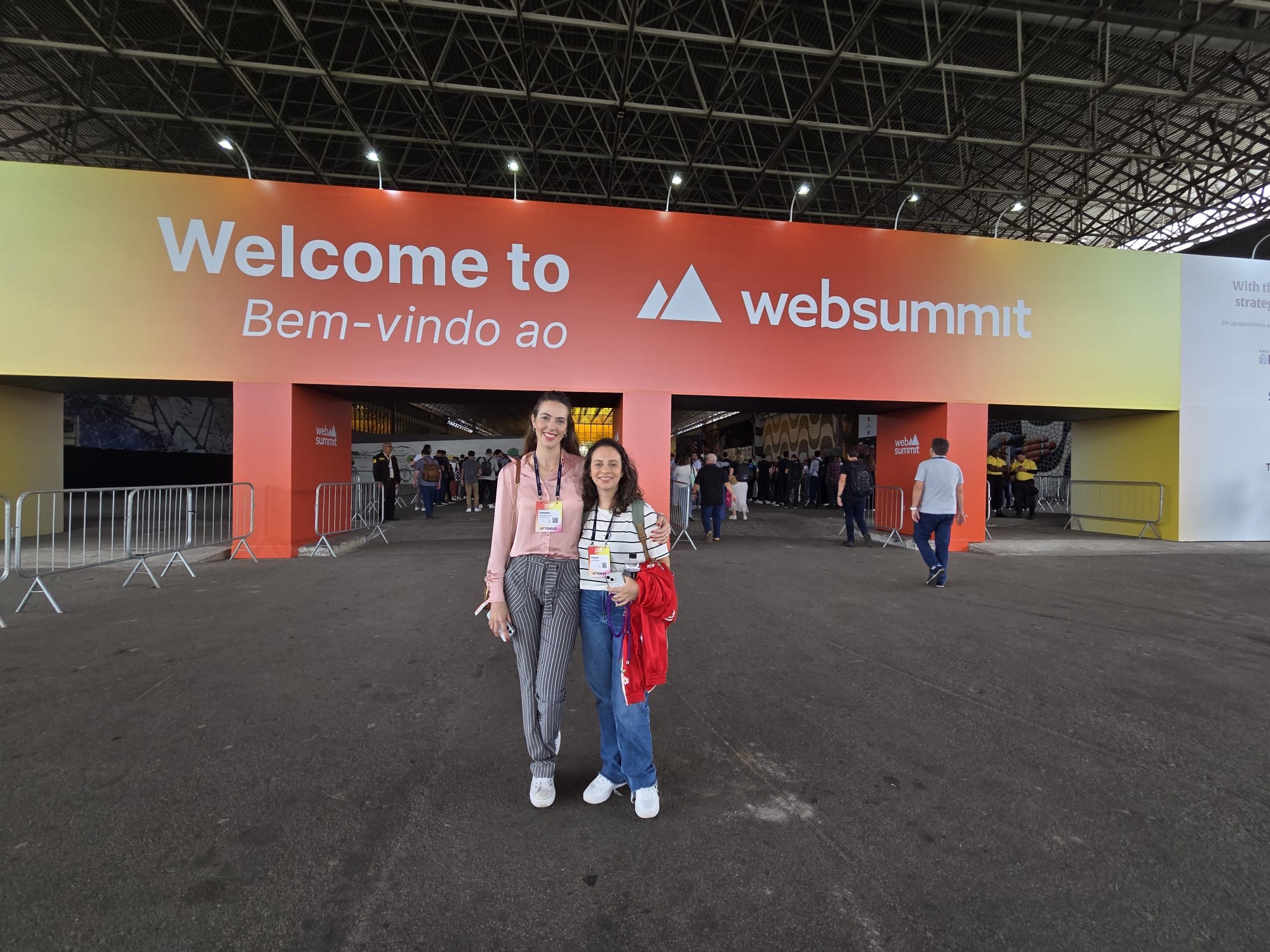Mauritshuis in The Hague says guarantees would be needed of artworks’ safety amid uncertainty caused by US funding cuts
A leading museum in the Netherlands has said it is reconsidering lending works from its collection to museums in the US amid the uncertainty wreaked by Donald Trump’s funding cuts and ideological impositions.
Martine Gosselink, the director of the Mauritshuis museum in The Hague, whose collection includes Vermeer’s Girl With a Pearl Earring and Rembrandt’s The Anatomy Lesson of Dr Nicolaes Tulp, said the turmoil had left her team wary of lending pieces to the US.
She said the Mauritshuis had for years worked in tandem with art historians and curators across the Atlantic in a constant conversation involving loans of artwork and research collaborations.
However, in recent months, as the Trump administration sought to cut funding and target exhibits it viewed as “improper, divisive or anti-American ideology”, politicians had started increasingly to creep into these conversations.
US-based colleagues had expressed fears of losing their jobs or having to toe the government line, she said. “We really feel for our colleagues in American institutions about what’s happening in archives, libraries and museums,” said Gosselink. “It’s a huge catastrophe.”
In March, Trump issued an executive order targeting the Smithsonian in Washington DC, accusing the world’s biggest museum, education and research complex of presenting “divisive narratives that distort our shared history”.
His administration has also sought to cut funding to leading agencies that support US museums and other arts initiatives.
Gosselink declined to name names but said plans had been in the works to lend pieces to specific institutions in the US.
“I’m not saying we won’t do it,” she said. “But we will be extra careful and we need guarantees. Because if you lend it out to a museum and there’s not enough staff to treat it in the way you want [it] to be treated, then we wonder whether it’s a good thing to be sending our collection.”
Earlier this month, a federal judge temporarily blocked the Trump administration from further dismantling one of the agencies that provides funding to US libraries and museums in a move the American Alliance of Museums described as “the successful first step in what is expected to be a lengthy legal process”.
But the threat of funding cuts continued to loom, with the National Museum of African American History and Culture in Washington DC coming under direct attack from the Trump administration.
The uncertainty needed to be taken into account, said Gosselink. “How do you know for sure that the museum will still be open and working and operating during the whole period of the loan?”
She said the Mauritshuis museum had not yet made any concrete decisions. “For us, it’s not a huge thing if a piece cannot travel for a couple of years,” she said.
Instead, she lamented the far-reaching shock waves of funding cuts in the US.
“But scientifically, you would like to discuss, to write books together, to do research together. I do wonder, of course, if these things will proceed in the way we did in the last decades,” she said.


